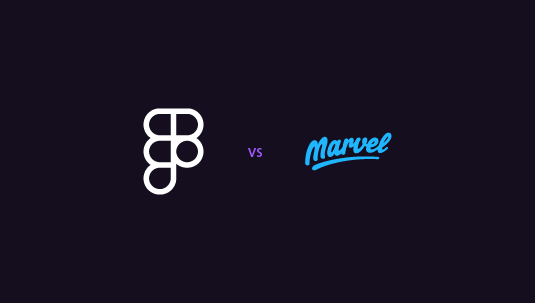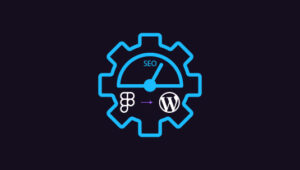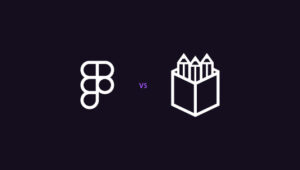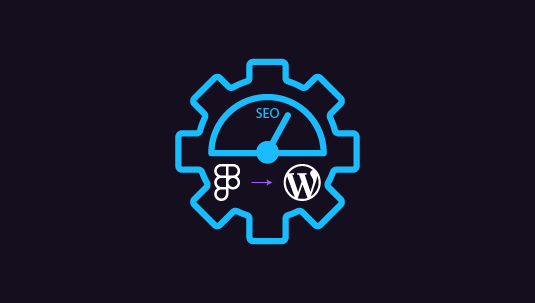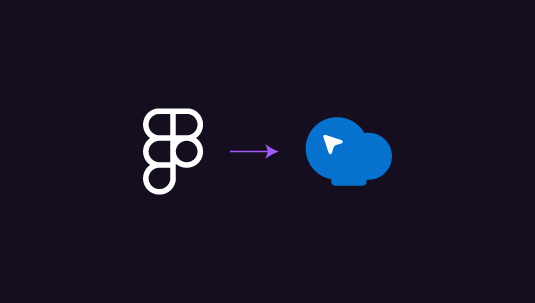Marvel and Figma are both powerful design platforms that cater to modern design teams, offering solutions for rapid prototyping, collaboration, and streamlined workflows. While Figma has become the industry’s go-to choice, Marvel presents itself as a compelling alternative, emphasizing its ability to empower everyone on the team with design capabilities. When considering Figma vs Marvel, we see that both platforms aim to facilitate the transformation of ideas into digital products, but they approach this goal with different feature sets and user experiences. As Figma continues to dominate the market, Marvel positions itself as a user-friendly option that places “the power of design in everyone’s hands.”
Get an in-depth analysis of Figma and Marvel and make an informed decision when choosing your design platform. We’ll explore the strengths, weaknesses, and unique features of each tool, considering factors such as ease of use, collaboration capabilities, prototyping functionalities, and integration options. By the end of this comparison, you’ll have a clearer understanding of how these two platforms stack up against each other and which one might be the best fit for your team’s specific needs and workflows.
Table of Contents
ToggleAn Overview of Marvel and Figma
Marvel
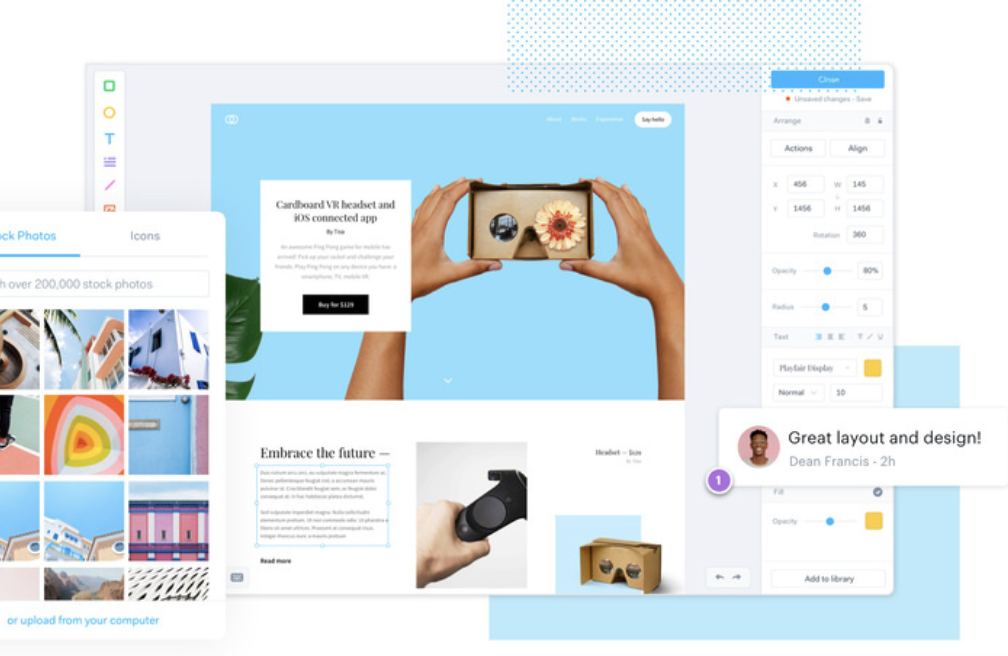
Launched in 2013, Marvel has evolved to become a versatile tool that caters to various aspects of the design process, from initial wireframing to user testing and developer handoff. The platform’s core philosophy revolves around making design accessible to everyone on a team, not just dedicated designers. Marvel’s intuitive interface and robust feature set allow both seasoned professionals and newcomers to create, iterate, and collaborate on digital products efficiently.
At its heart, Marvel aims to streamline the entire design workflow, offering a suite of tools that cover the full spectrum of product development. The platform’s strength lies in its ability to facilitate rapid prototyping, enabling designers to quickly transform static designs into interactive mockups. This capability, combined with its user testing features, allows teams to validate designs and gather valuable feedback early in the development process. Marvel’s approach to design democratization is evident in its user-friendly interface and its focus on features that promote collaboration and clear communication between team members and stakeholders.
Key Highlights:
- Rapid Prototyping: Marvel excels in creating interactive mockups quickly, allowing designers to bring their ideas to life with minimal effort. The platform supports various fidelity levels, from basic wireframes to high-fidelity prototypes.
- Integrated User Testing: With built-in user testing capabilities, Marvel enables teams to validate designs efficiently. This feature allows for quick iteration based on real user feedback, potentially saving time and resources in the long run.
- Seamless Developer Handoff: Marvel automates the process of generating design specs, making it easier for developers to implement designs accurately. This feature helps bridge the gap between design and development teams.
- Extensive Integration Ecosystem: Marvel offers a wide range of integrations with popular tools and platforms, allowing it to fit seamlessly into existing workflows and enhancing its functionality through connections with other specialized tools.
- Comprehensive Design Suite: Beyond prototyping, Marvel provides tools for wireframing, design, and collaboration, making it a one-stop solution for many aspects of the design process. The inclusion of Ballpark for user research further rounds out its offerings, making it a versatile platform for design teams.
Another Comparison Guide: Figma vs Illustrator: Which is Best for Vector Design?
Figma
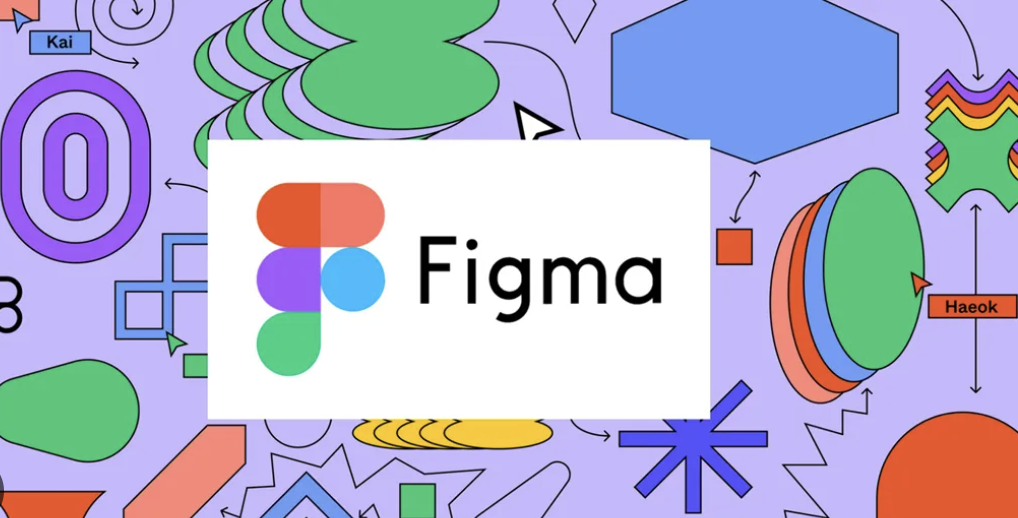
Figma is a cloud-based design and prototyping tool that has revolutionized the way design teams collaborate and create digital products. Launched in 2016, Figma quickly gained popularity due to its real-time collaboration features, web-based accessibility, and powerful design capabilities. It offers a comprehensive platform for UI/UX design, prototyping, and design systems management, all within a single, unified interface. Figma’s approach to design emphasizes collaboration at its core, allowing multiple team members to work on the same file simultaneously, fostering a more dynamic and efficient design process. Its vector-based design tools, combined with its robust prototyping features, enable designers to create high-fidelity mockups and interactive prototypes with ease. Figma’s platform agnostic nature, running in web browsers, has made it particularly attractive to teams working across different operating systems and devices, breaking down traditional barriers to collaborative design work.
Key Highlights:
- Real-time Collaboration: Figma’s standout feature is its ability to support multiple users working on the same file simultaneously, with changes reflected in real-time, dramatically improving team productivity and communication.
- Powerful Design System Tools: Figma offers robust support for creating and managing design systems, including reusable components, styles, and libraries, making it easier to maintain consistency across large-scale projects.
- Advanced Prototyping: The platform provides sophisticated prototyping capabilities, allowing designers to create complex, interactive prototypes directly within the design environment, complete with animations and transitions.
- Plugin Ecosystem: Figma boasts a rich ecosystem of plugins and integrations, extending its functionality and allowing teams to customize their workflow with additional tools and features.
- Version History and Branching: Figma’s version control features, including the ability to create branches of designs, allow teams to explore different design directions while maintaining a clear history of changes and iterations.
Relevant Reading: Figma vs Canva: Which Tool is Best for Creating Graphics?
Ready to Shine Your Website with Great Designs?
Our Figma experts can help you spruce it all up with seamless design transfers from Figma canvas to your web building interface.
How Do Figma and Marvel Perform with Regard to Prototyping
Prototyping involves creating interactive models of a design to simulate user experiences before final development. When it comes to prototyping, both Figma and Marvel offer distinct advantages and limitations that cater to different design needs. Read on further to discover what they are:
Real-Time Collaboration Capabilities in Figma Compared to Marvel
Figma excels in real-time collaboration, allowing multiple team members to work simultaneously on the same file. Changes are reflected instantly, and users can see each other’s cursors and actions in real-time. This level of synchronous collaboration extends to commenting, sharing, and version control, making it easy for teams to work together seamlessly regardless of their physical location.

Marvel offers collaboration features, but they are not as robust or real-time as Figma’s. While Marvel allows for sharing designs, leaving comments, and managing user permissions, it lacks the simultaneous editing capabilities that Figma provides. Marvel’s collaboration is more asynchronous, focusing on feedback and iterative processes rather than real-time co-creation.
Figma has a clear advantage in real-time collaboration capabilities, making it the superior choice for teams that require highly synchronized workflows.
Prototyping Complexity and Advanced Interactions: Figma vs Marvel
Figma offers advanced prototyping capabilities directly within its design interface. Users can create complex, multi-state interactions, animations, and transitions. Figma’s prototyping tools are deeply integrated with its design features, allowing for seamless transitions between design and prototyping workflows. The platform supports variables, conditional logic, and advanced animation controls, enabling designers to create highly interactive and realistic prototypes.
Marvel, while competent in prototyping, focuses more on simplicity and ease of use. It offers a straightforward approach to creating interactive mockups, with a user-friendly interface for linking screens and adding basic transitions. Marvel’s prototyping capabilities are suitable for quick iterations and presenting ideas, but may lack some of the more advanced features found in Figma.
Figma holds the advantage in prototyping complexity and advanced interactions, making it more suitable for creating sophisticated, highly interactive prototypes.
Also Read: Best Figma to WordPress Conversion Tools [Top Picks]
Ease of Use for Beginners: How Figma and Marvel Differ
Figma has a steeper learning curve for beginners due to its comprehensive feature set and professional-grade tools. While its interface is well-designed, the sheer number of options and capabilities can be overwhelming for those new to design tools. However, Figma offers extensive documentation, tutorials, and a supportive community, which can help newcomers get up to speed.

Marvel prides itself on its user-friendly interface and approachable design. The platform is intentionally designed to be accessible to non-designers and beginners, with a focus on simplicity and intuitiveness. Marvel’s tools are more straightforward, with a clear emphasis on rapid prototyping and basic design functionalities, making it easier for newcomers to start creating and collaborating quickly.
Marvel has the edge in ease of use for beginners, making it a more approachable option for teams with varying levels of design expertise or for those just starting their design journey.
Also Read: How to Convert Figma to WooCommerce: Building E-commerce Websites
Integration with Other Design Tools: Figma’s Comprehensive Approach vs Marvel’s Simplicity
Figma boasts a vast ecosystem of plugins and integrations, allowing it to connect seamlessly with a wide range of design, project management, and development tools. Its API and plugin architecture enable developers to create custom integrations, extending Figma’s functionality to suit specific workflow needs. This comprehensive approach means Figma can often serve as a central hub in a design team’s tech stack, integrating with version control systems, project management tools, and other specialized design software.
Marvel offers a more focused set of integrations, prioritizing simplicity and ease of use. While it may not have as extensive a plugin ecosystem as Figma, Marvel provides key integrations with popular tools like Sketch, Slack, and Jira. Marvel’s approach is to offer essential integrations that cover most users’ needs without overwhelming them with options. The platform also includes its own suite of tools, like Ballpark for user research, which can reduce the need for some external integrations.
Figma has the advantage in terms of comprehensive integrations, making it more versatile for teams with complex workflows or specific integration needs.
Cross-Platform Access and Cloud-Based Features in Figma vs Marvel
Figma is entirely cloud-based and accessible through web browsers, making it platform-agnostic. This approach ensures that users can access their work from any device with an internet connection, regardless of the operating system. Figma also offers desktop applications for Windows and macOS, which provide some additional features and improved performance. The cloud-based nature of Figma means that all changes are automatically saved and synced across devices, and team members always have access to the latest version of a design.
Marvel is also a cloud-based platform, offering similar cross-platform accessibility. Users can access Marvel through web browsers, ensuring that designs and prototypes are available across different devices and operating systems. Marvel’s cloud-based approach allows for easy sharing and collaboration, with automatic saving and version history. While Marvel doesn’t offer desktop applications like Figma, its web-based interface is designed to be responsive and work well across different devices.
Both platforms are evenly matched in terms of cross-platform access and cloud-based features, with Figma having a slight edge due to its desktop applications offering enhanced performance for power users.
Read More: Simplifying Figma to Elementor Conversion in 5 Steps: A Practical Guide
The Upshot: Which Design App Should You Choose for Prototyping?
While Marvel is user-friendly, Figma’s broader capabilities make it a smarter long-term investment for most design teams. For most teams, Figma is the better choice. Here’s why:
- Growth potential: Figma’s advanced features mean you won’t outgrow it as your skills improve or projects get more complex.
- Team efficiency: Real-time collaboration in Figma speeds up work and cuts down on miscommunication.
- All-in-one solution: With Figma, you get design, prototyping, and handoff tools in one place, reducing the need for multiple apps.
- Future-proof: Figma’s regular updates and large community keep it at the cutting edge of design tools.
- Cost-effective: While the learning curve might be steeper, Figma’s wide range of features often proves more cost-effective in the long run.
- Flexibility: Figma works well for both simple and complex projects, making it suitable for various team sizes and project types.
It may take more time to learn, but the payoff in productivity and design quality is worth it.

